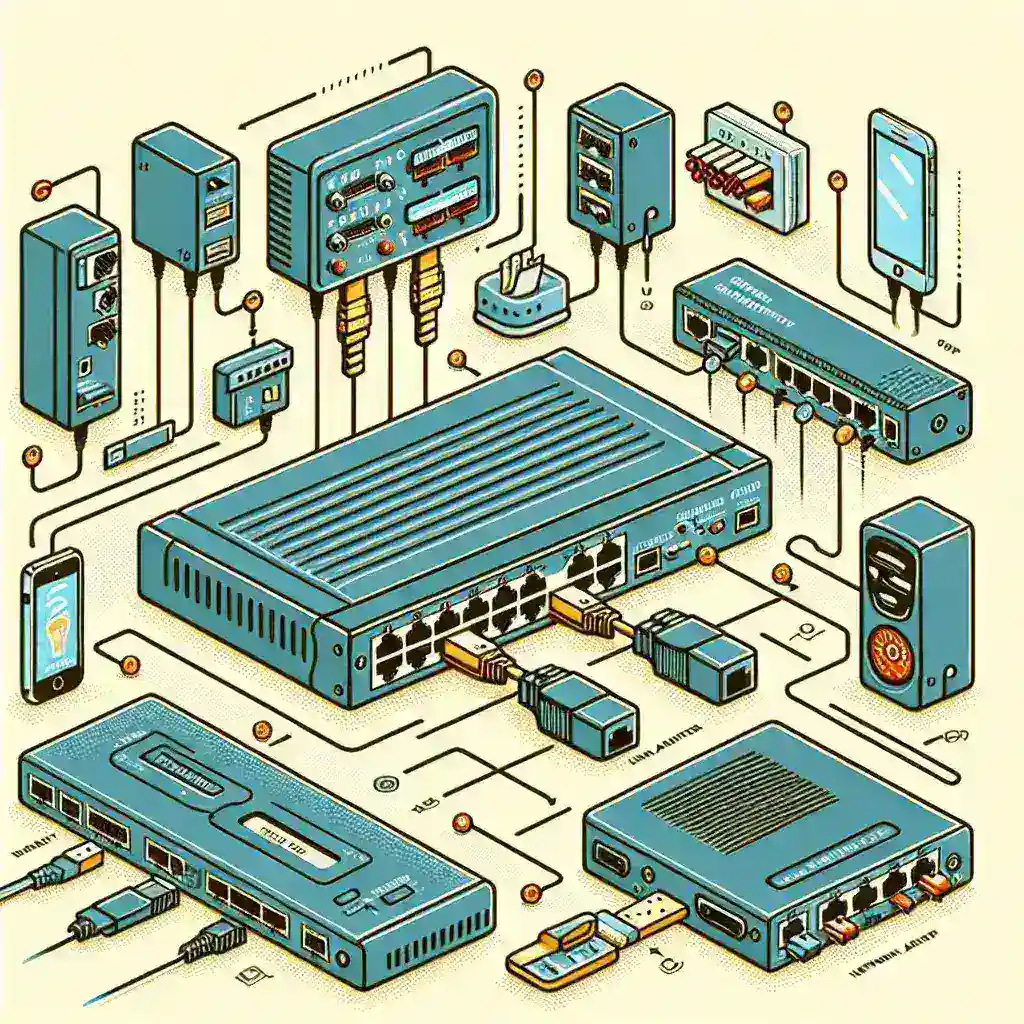What is the Difference Between a Network Adapter and a Network Switch?
Introduction
In the world of networking, understanding the various components that make up network infrastructure is crucial. Two essential elements you will often hear about are network adapters and network switches. While they serve different functions, their ultimate goal is to facilitate efficient communication within a network. This article will delve into the distinguishing features, uses, and benefits of both network adapters and network switches.
Basic Definitions
To grasp the differences, it’s essential first to understand what each term means.
| Component | Definition |
|---|---|
| Network Adapter | A hardware component that allows a device to communicate over a network. |
| Network Switch | A hardware device that connects multiple devices within a local area network (LAN) and uses packet switching to forward data to its destination. |
Network Adapter
A network adapter, also known as a network interface card (NIC), is a crucial component installed in a device (like a computer or server) that enables it to connect to a network. These adapters can be wired, often using Ethernet, or wireless, using Wi-Fi technologies.
Types of Network Adapters
- Ethernet Adapters: Use RJ-45 connectors and are typically used for wired LAN connections.
- Wi-Fi Adapters: Use wireless standards like 802.11a/b/g/n/ac to connect to a wireless network.
- Fiber Optic Adapters: Use fiber optic cables for high-speed data transfer over long distances.
Functionality
The primary role of a network adapter is to translate data from a format appropriate for the host device into a format suitable for transmission over a network and vice versa. It handles tasks such as data encapsulation, addressing, error detection, and frame synchronization.
Network Switch
A network switch is a central device in a local area network (LAN) that connects multiple devices and uses packet switching to forward data based on the MAC address in each packet.
Types of Network Switches
- Unmanaged Switches: Basic plug-and-play switches with no configuration options.
- Managed Switches: Offer configurable options for traffic control, monitoring, and security.
- Smart Switches: Provide limited management capabilities usually sufficient for small to medium-sized networks.
Functionality
Network switches operate at the data link layer (Layer 2) of the OSI model, although some can function at the network layer (Layer 3). A network switch uses MAC addresses to forward data only to the intended recipient, thereby reducing congestion and enhancing performance.
Comparative Analysis
To further elucidate, let’s break down the core differences between a network adapter and a network switch.
| Aspect | Network Adapter | Network Switch |
|---|---|---|
| Primary Function | Connect a single device to a network | Connect multiple devices within a network |
| Layer of Operation | Primarily operates at Layer 1 and Layer 2 of the OSI model | Operates at Layer 2, and sometimes Layer 3 |
| Device Type | Host adapter card or built-in chipset | Stand-alone box or rack-mounted unit |
| Data Handling | Encodes/decodes data packets for a single device | Forwards data packets to the appropriate device(s) |
| Setup Complexity | Simple (installing a card or plugging a dongle) | Can vary (plug-and-play for unmanaged switches, more complex for managed switches) |
Use Cases
Understanding the typical use cases for these components can help in deciding when to use each one.
When to Use a Network Adapter
- Connecting Devices: Anytime you need to connect a computer, server, or other device to a network, a network adapter is required.
- Upgrading Network Speed: Swapping an old adapter for a new one can improve connection speeds.
- Wireless Connectivity: Adding Wi-Fi capabilities to devices that do not have built-in wireless adapters.
When to Use a Network Switch
- Office LANs: Connecting multiple computers and other devices in an office setting.
- Network Segmentation: Creating different network segments to optimize performance and security.
- Scalability: Easily add more devices to a network without disruption.
Conclusion
While both network adapters and network switches are fundamental to creating and maintaining network infrastructure, they serve distinct roles. Network adapters are critical for end devices to join a network, whereas network switches focus on internal data transmission within the network. By understanding their differences and uses, you can make well-informed decisions to enhance network performance and reliability.

